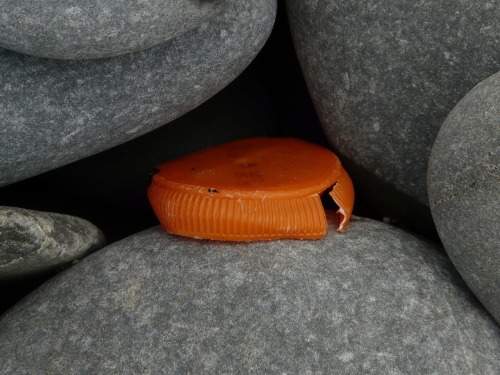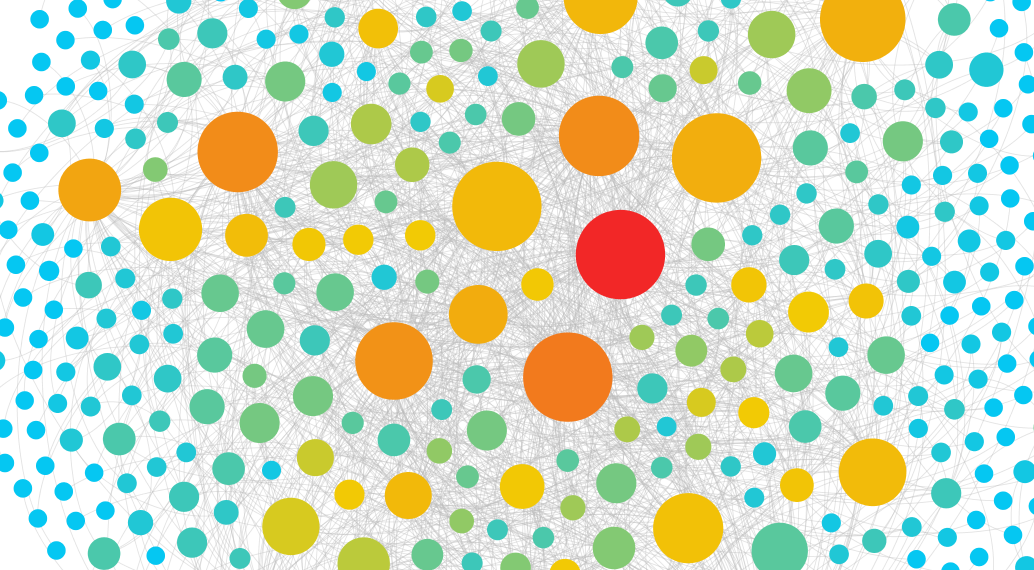Everything this week is Bree Bacon, Batman and Behind The Scenes.
Category: Other thoughts
My new favourite Latourian blog:
Between a thing and a concept

Actor-Network Theory “can more technically be described as a “material-semiotic” method. This means that it maps relations that are simultaneously material (between things) and semiotic (between concepts). It assumes that many relations are both material and semiotic. For example, the interactions in a school involve children, teachers, their ideas, and technologies (such as tables, chairs, computers and stationery). Together these form a single network.
Actor-network theory tries to explain how material–semiotic networks come together to act as a whole (for example, a school is both a network and an actor that hangs together, and for certain purposes acts as a single entity). As a part of this it may look at explicit strategies for relating different elements together into a network so that they form an apparently coherent whole.
According to actor-network theory, such actor-networks are potentially transient, existing in a constant making and re-making. This means that relations need to be repeatedly “performed” or the network will dissolve. (The teachers need to come to work each day, and the computers need to keep on running.) They also assume that networks of relations are not intrinsically coherent, and may indeed contain conflicts (there may be adversarial relations between teachers/children, or computer software may be incompatible). Social relations, in other words, are only ever in process, and must be performed continuously.” – Wiki.
More at Actor-Network Theory and Communication Networks: Toward Convergence by Felix Stalder
Chuck the photocopier explains actor network theory
A sneaky spoof of the Actor-Network theory with “Chuck” the photocopier who explores the intricacies of being a photocopier, stemming back to his roots and giving a brief outline of his role in the network.
(K)nots

Actor Network Theory in Plain English
Ooooh stalk me
I’ve been trying to get back in to Twitter a bit more regularly… hold me accountable here @zoewinther

